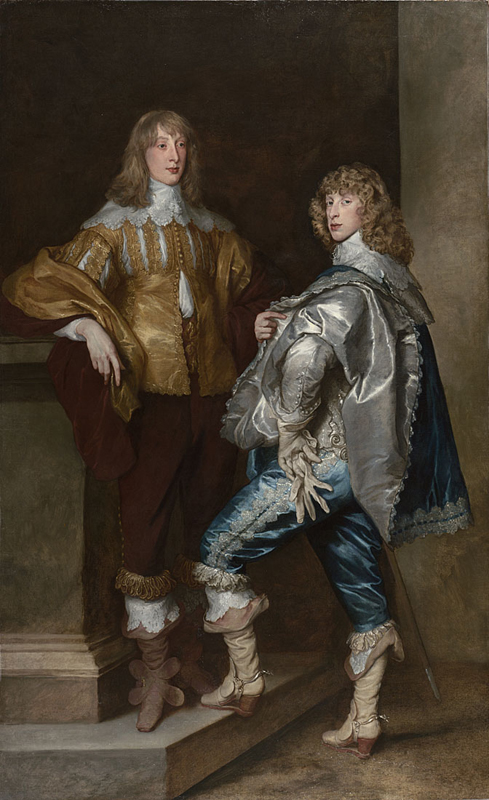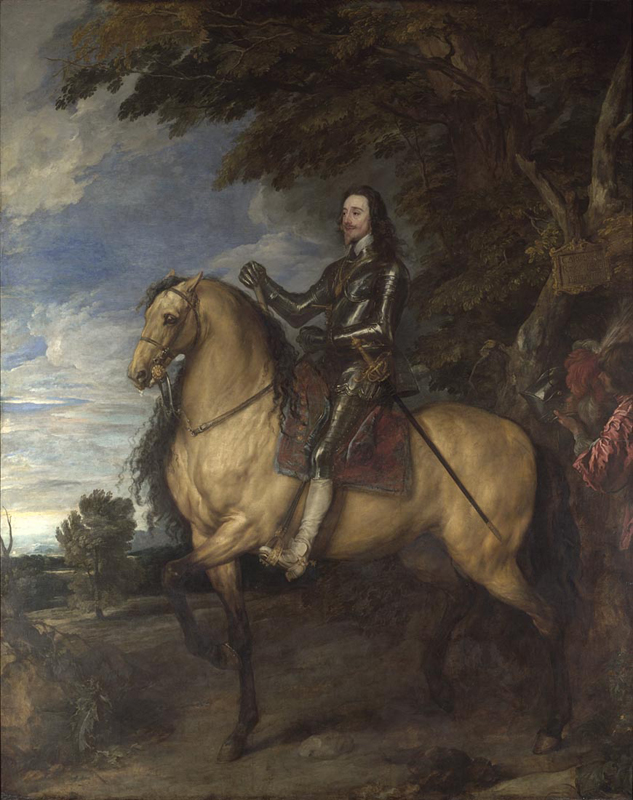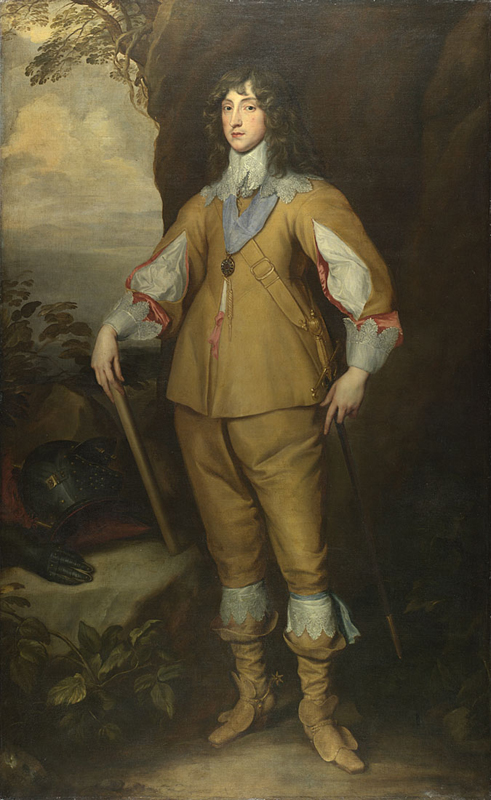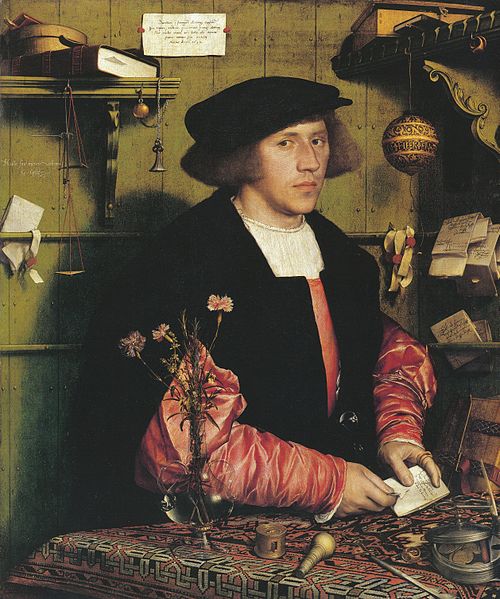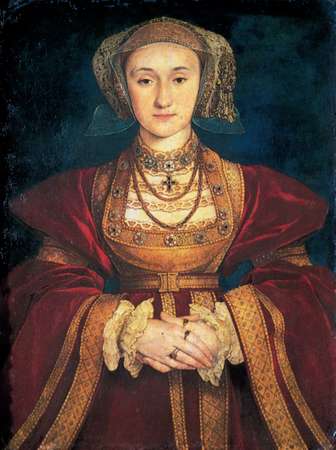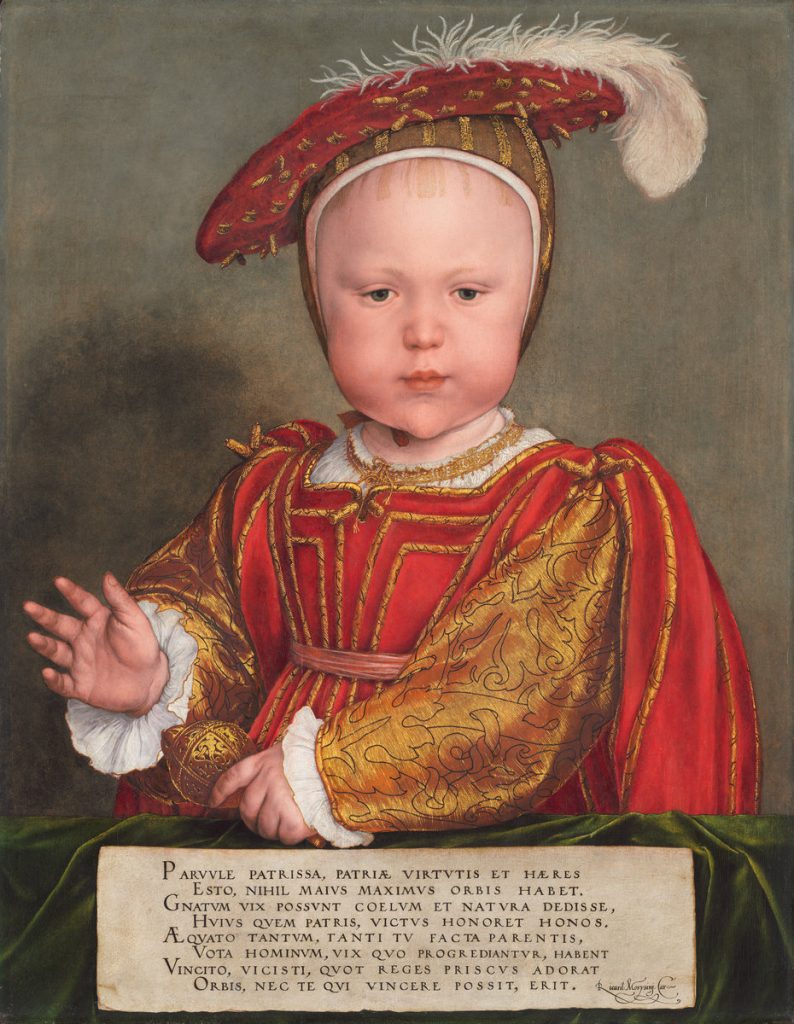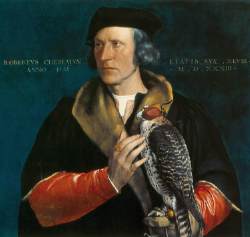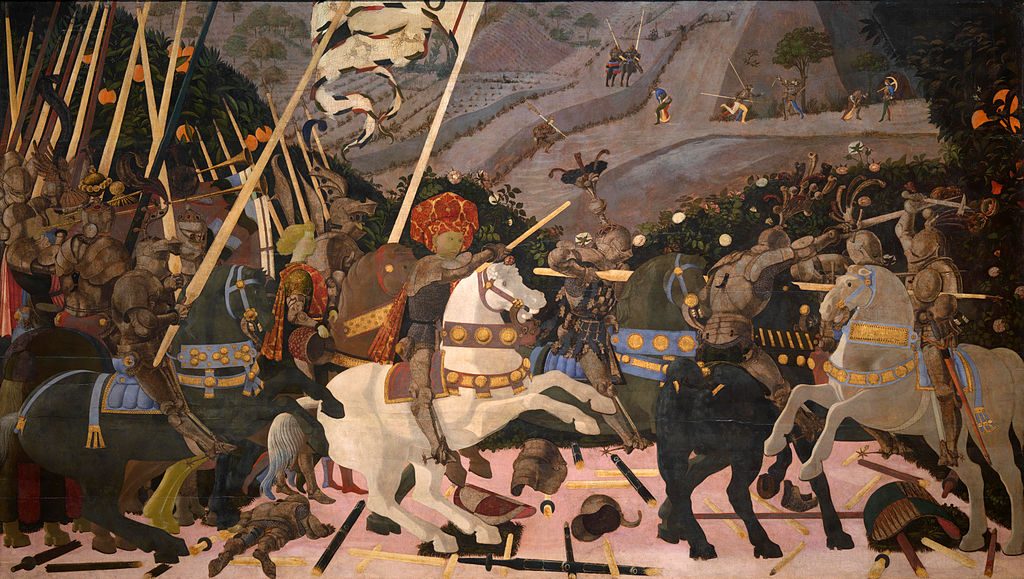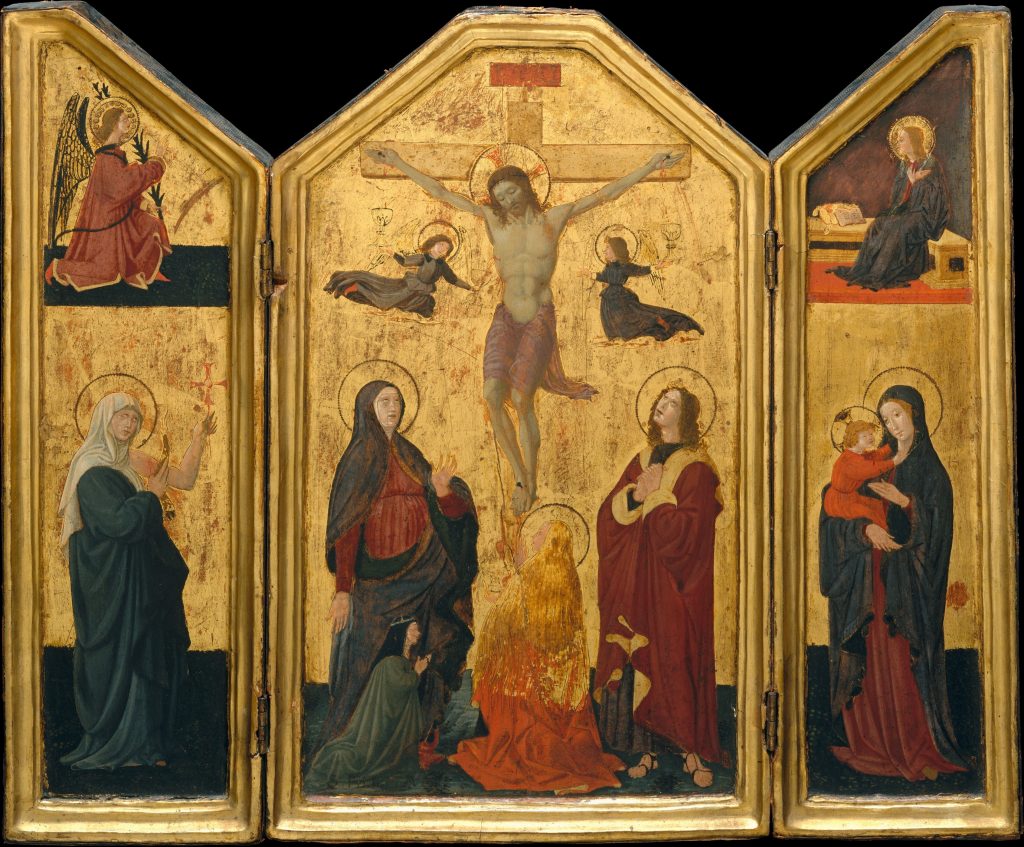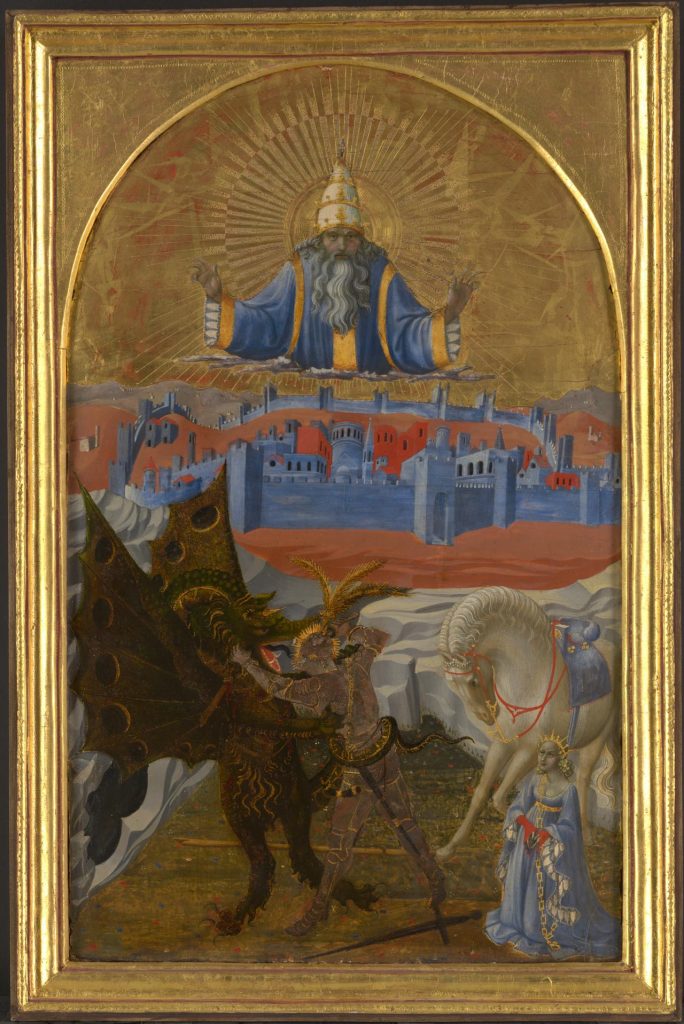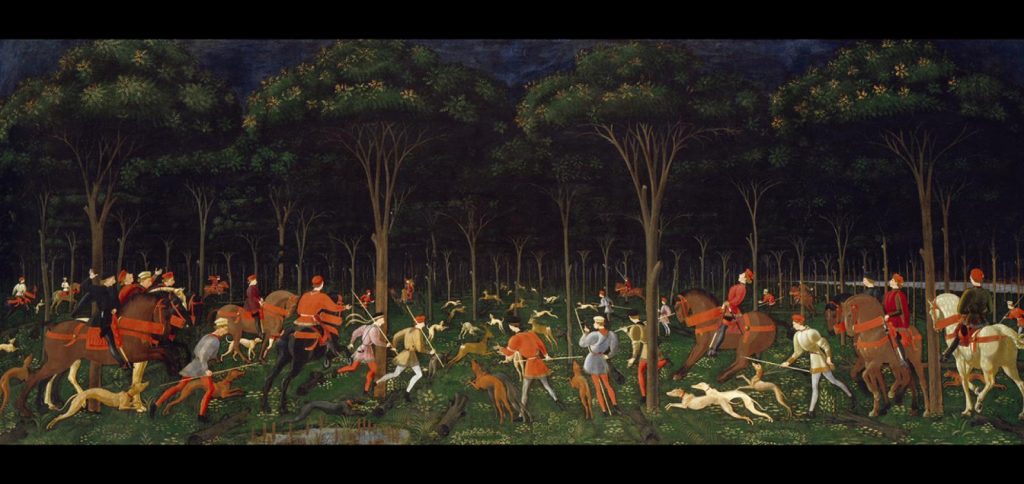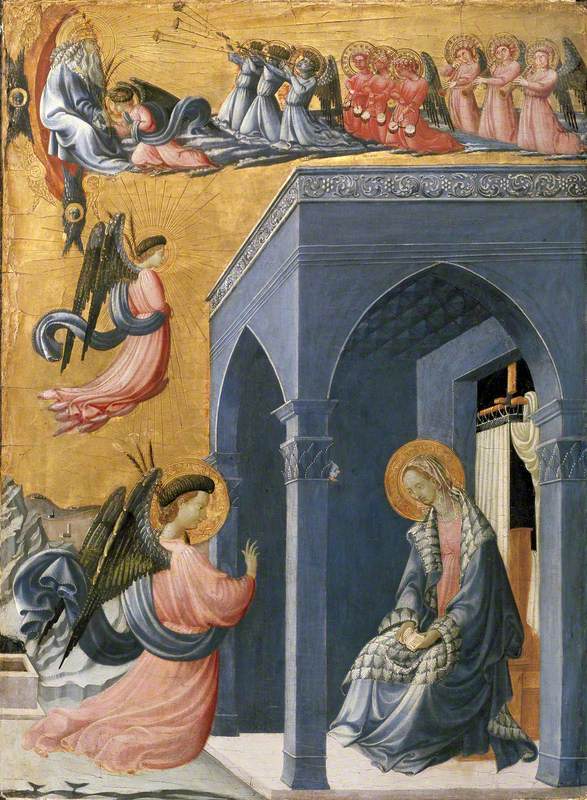Anthony van Dyck was a Flemish painter born in 1599. He studied under Peter Paul Rubens, and was considered his greatest pupil. He was best known for his portraits of nobility. He worked for Charles I on and off for a number of years and was titled “principalle Paynter in ordinary of their Majesties”. Van Dyck was considered precocious, and he was eager to visit different places and work with different patrons. He even left the palace of Charles I where he earned £100 a year (equivalent to about $28,139.34 USD) in order to go work in Genoa, Antwerp, and Italy. Charles I increased the salary to £200 a year in 1632, yet Van Dyck still left again just a year later. Some might consider him flighty or restless because he never stayed in one place for long. However, Van Dyck painted over five hundred portraits through out his career- dying at only 42 years old. This is a testament to his precocious character because he was clearly focused on his work if he was able to finish so many pieces in his short lifetime.
Van Dyck’s portraits are rendered with great detail, and they show nobility in dignified and elegant fashions. I was drawn to his piece Lord John and Lord Bernard Stuart because of his portrayal of the two lords. Lord John Stuart (right) looks into the distance rather than at the viewer, giving him an air of importance and sophistication. Lord Bernard Stuart (left) is posed in a pompous way, and his satin clothing is beautifully rendered to give the lord an elegant appearance. The simple background allows the focus to stay on the two Lords and makes them feel important.
Sources:
- Gombrich, E H. The Story of Art. New York: Phaidon Publishers; distributed by Oxford University Press, 1966. Print
- https://www.britannica.com/biography/Anthony-Van-Dyck
- Eric W. Nye, Pounds Sterling to Dollars: Historical Conversion of Currency, accessed Sunday, October 06, 2019, https://www.uwyo.edu/numimage/currency.htm.
- https://www.wga.hu/html_m/d/dyck_van/2portrai/stuarts.html

